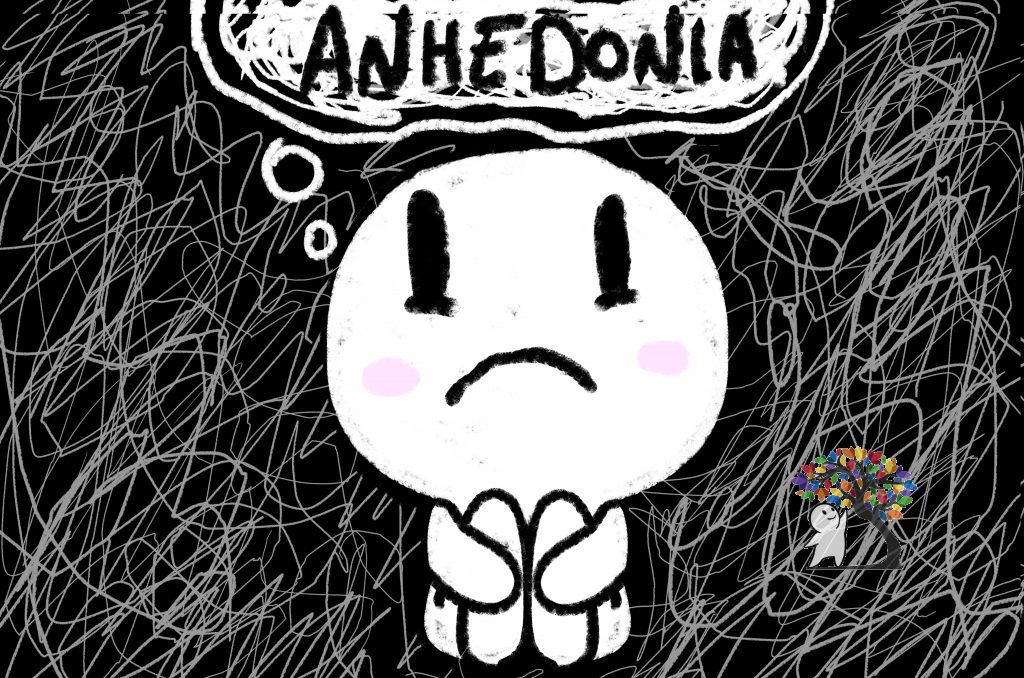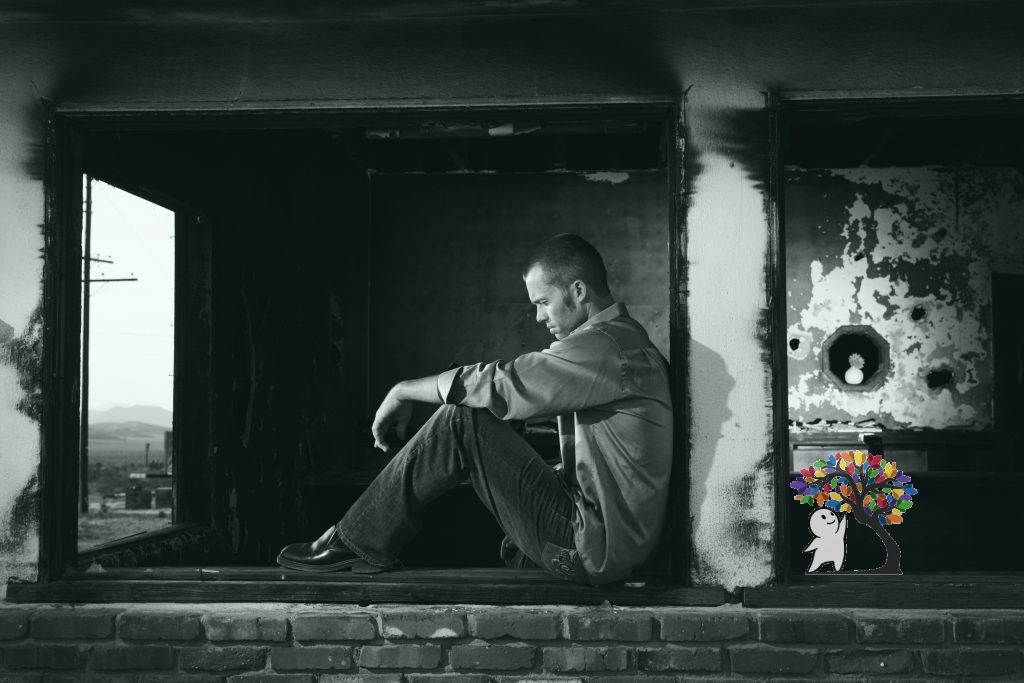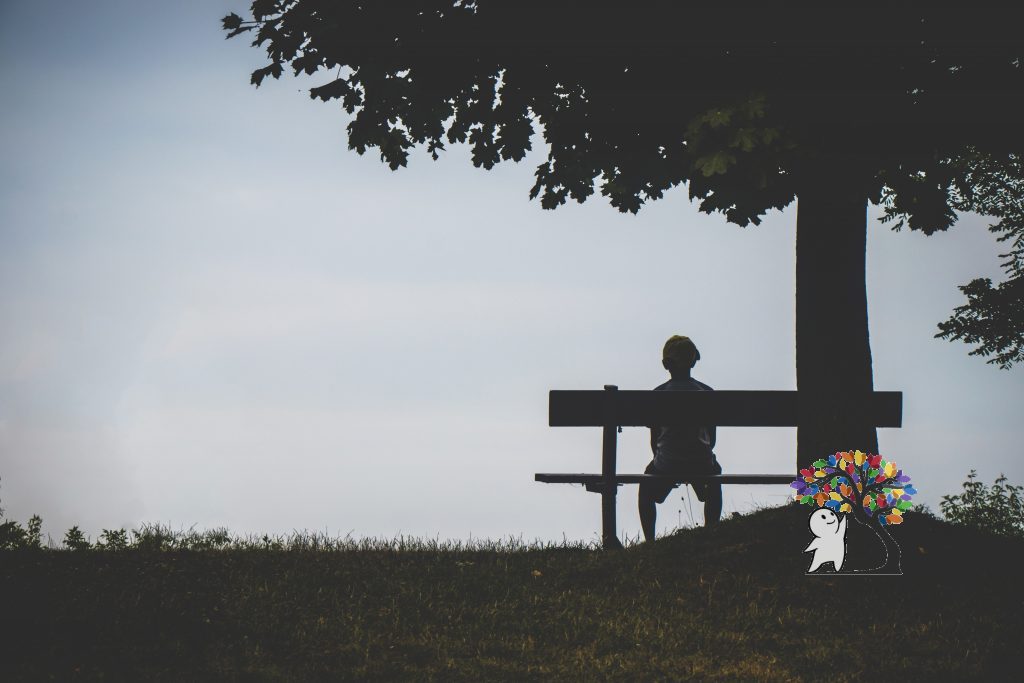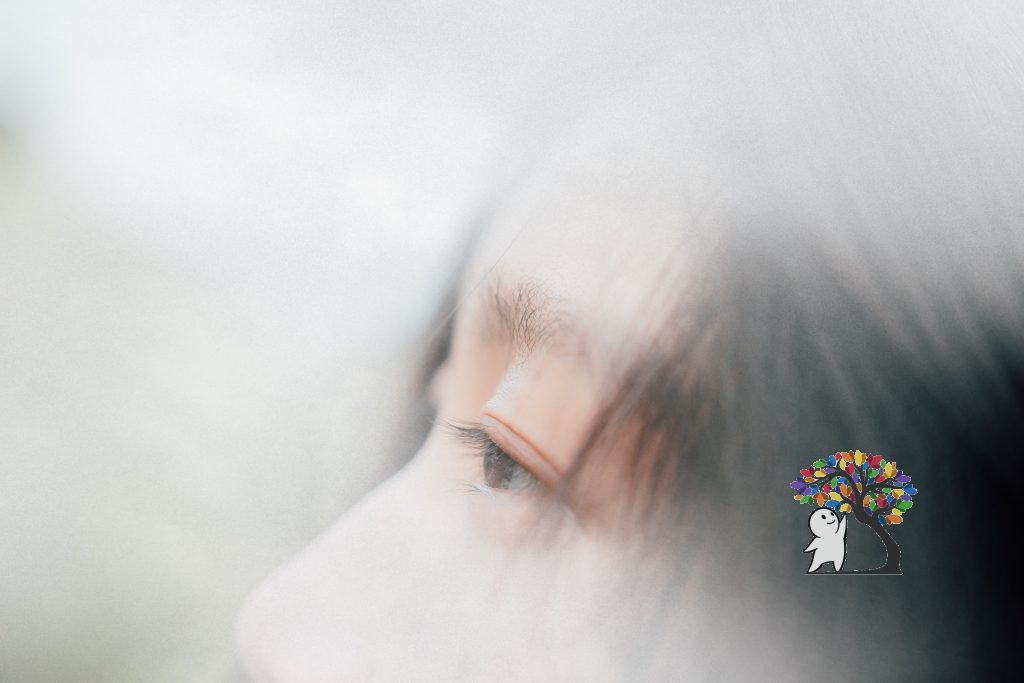7 Signs of Anhedonia

Hi there Psych2Goers, this is a disclaimer that this article is for informative purposes only. Please do not use it to self-diagnose yourself with any condition. If you feel you are struggling, please reach out to your doctor and/or a trusted mental health professional for advice.
Most of us can relate to feeling numb at one point or another. This can happen for a variety of reasons and can be quite unpleasant. However, in most cases, this numbness is triggered by a huge life event such as a family death. But, what happens when this feeling doesn’t go away? What if you don’t know the exact cause? This harrowing experience is called anhedonia, or emotional flatlining, and is characterized by a complete or near complete loss in pleasure during social and physical activities. It’s a condition that isn’t well understood and confusing to even the best mental health professionals. To better understand some of the signs of anhedonia, in this article, we’ll be exploring seven signs to be aware of.
If you’d like to know more about this specific condition, we have another article going more in depth about anhedonia itself. In short, it’s a relatively complex condition usually split into two categories. The signs listed here are a combination of both the social and physical categories. Meaning, someone may experience more signs in the social aspect but not as much physical and vice versa, or in other cases, both equally.

1. Loss of Interest
Apathy is the biggest sign of anhedonia; things that once brought you pleasure lose their meaning. Hobbies that you once turned to for fun now are mundane and pointless. Nothing seems to be pleasurable anymore, so you may find yourself stuck at home. This can come on suddenly and someone who was once extremely active may find themselves laying in bed all day (Newman 2018).

2. Faking emotions
When you’re out with friends at a party, you’re surrounded by people laughing and having the time of their lives. Meanwhile you don’t feel anything. People with anhedonia tend to fake their emotions to avoid calling attention to themselves. No one wants to be the “buzz kill” of the group, so you try to blend in. On the other hand, perhaps you portray the emotions you wish you felt. Maybe you want to be excited about a particular achievement but your emotional flatline completely takes the value out of your accomplishment (Purdie 2018).

3. Depressed Mood
While anhedonia is comorbid with many different conditions, it’s no secret that depression is towards the top of that list. When you lose your sense of pleasure, it’s easy to feel that there’s no point to anything. The quality of your life quickly diminishes to the point where you feel stuck. You find yourself wondering about your life’s purpose and feel that time is slipping away (Purdie 2018).

4. Risky Behavior
There may be some correlation between anhedonia and risky behavior such as skydiving. Since everyday hobbies and activities no longer give you pleasure, you may find yourself pondering taking part in more extreme activities. Skydiving for instance, is extremely adrenaline rushing and scary. People who lose their sense of pleasure, may turn to such an activity in an attempt to regain that lost spark (Crowell 2020).

5. Negative feelings
Suddenly losing your ability to experience pleasure is scary. You might experience unexpected bouts of paranoia either related to the condition itself or something else. Similar to a depressed mood, these negative feelings can take control over your life. You may feel people close to you are drifting away or hobbies you once indulged in slowly disappear. However, you cannot bring yourself to take action which in turn, makes you only feel worse (Crowell 2020).

6. Blunted Affect
We show a lot about ourselves through our facial expressions and voice inflections; a smiley, upbeat person can liven up any room. However, when you lose your sense of pleasure, many of your internal feelings (or lack thereof) can manifest on the outside. You may find yourself speaking more montoned and showing limited facial expressions. People’s interactions have little effect on you emotionally making it harder to fully engage in a conversation. You may try to mask this aspect by faking emotions, but that can become tiresome over time (Newman 2018).

7. Social Withdrawal
Anhedonia has a social aspect to it. With that, you find interacting with others to be understimulating. Normally, going out with friends leads to fun and exciting times. However, once you take the fun out of it, it can start to feel like a chore. You may feel completely detached and unable to live in the moment. Additionally, you may no longer feel the need to talk with anyone and go out. Since it’s no longer fun to be with people, it’s easy to become isolated. Unfortunately, isolation can lead to further problems down the road (Crowell 2020).

Anhedonia is a difficult condition to live with. Losing pleasure in everything takes the fun out of life and is extremely tiresome. It is not widely understood and difficult to treat, however it is important to know that it can be treated. Sometimes it just takes talking with the right person and working out the best treatment plan to get better. What are your thoughts? What are some more signs of anhedonia? Have you felt this way before? Let us know in the comments and as always, take care.
Like this article? Here’s more information about Anhedonia:
References:
- Bhandari, Smitha. “Anhedonia: Symptoms, Causes, Treatment.” WebMD, WebMD, 25 Oct. 2018, www.webmd.com/depression/what-is-anhedonia#2.
- Crowell, Jonathan W. “12 Things You Should Know About Anhedonia – Solara.” Solara Mental Health, Jonathan W. Crowell /Wp-Content/Uploads/Sol-Logo-2.Jpg, 16 Jan. 2020, solaramentalhealth.com/anhedonia-symptoms-treatment/.
- Newman, Tim. “Anhedonia: Why Does Nothing Feel Good Anymore?” Medical News Today, MediLexicon International, 31 Jan. 2018, www.medicalnewstoday.com/articles/320737.
- Nootralize. “How I Recovered From Depression and Anhedonia.” Psychology Today, Sussex Publishers, 18 Dec. 2019, www.psychologytoday.com/us/blog/experience-engineering/201912/how-i-recovered-depression-and-anhedonia.
- Purdie, Jennifer. “What Is Anhedonia?” Healthline , Healthline, 17 Sept. 2018, www.healthline.com/health/depression/anhedonia#treatments.
- “What Is Emotional Flatlining? (Anhedonia, No Feelings).” Performance by Jackie Kelm, Www.GetJoyBack.com., GetJoyBack, 29 May 2016, What is Emotional Flatlining? (Anhedonia, No Feelings).



Responses